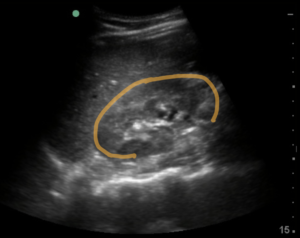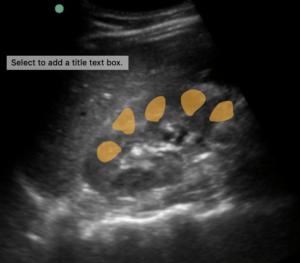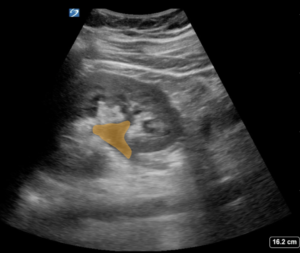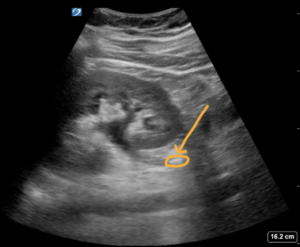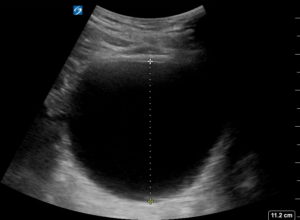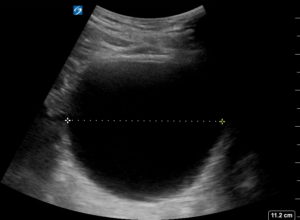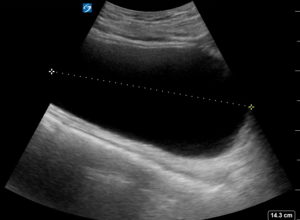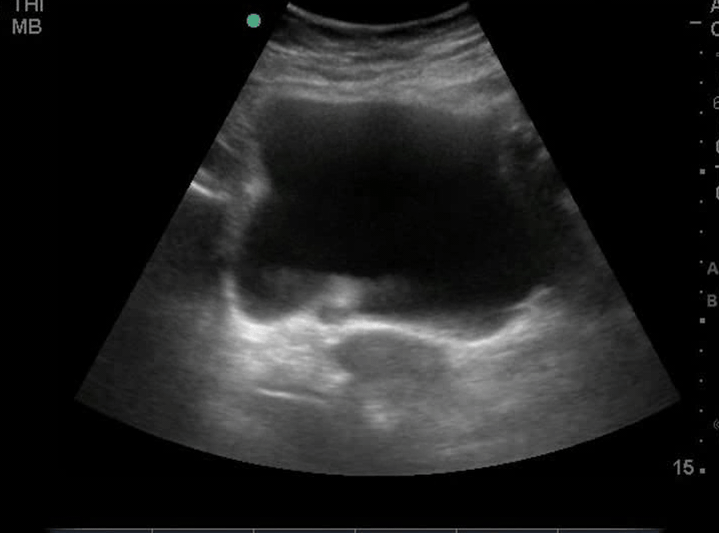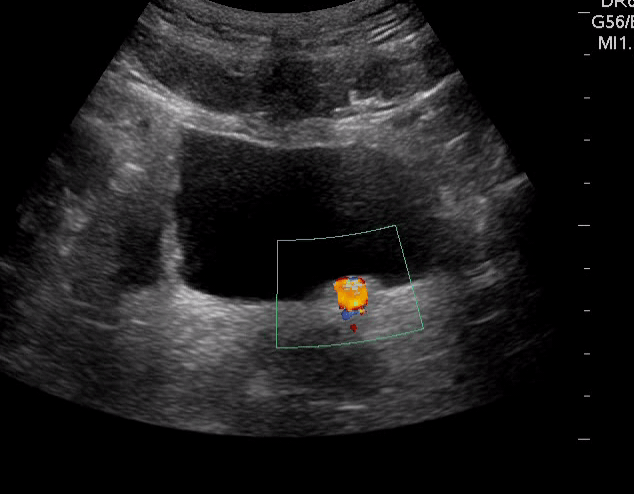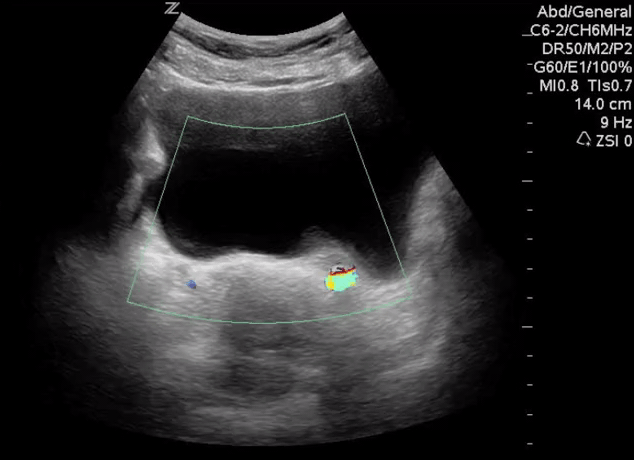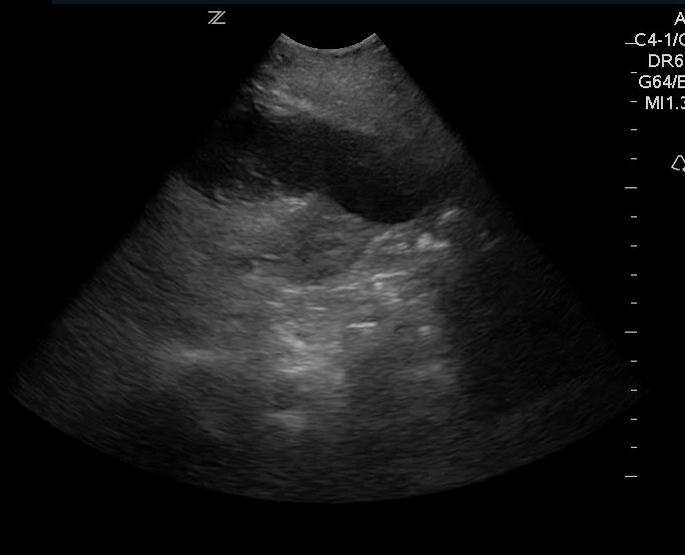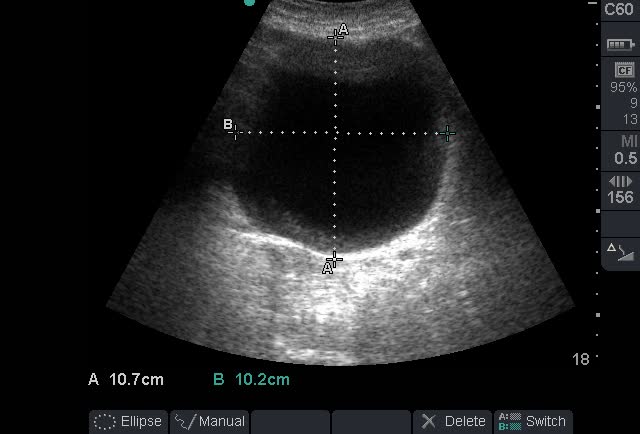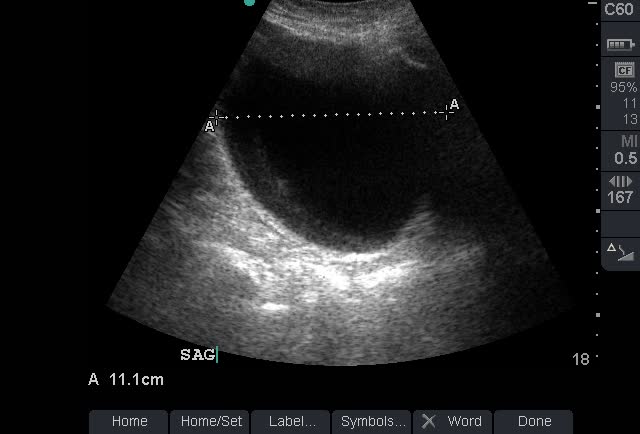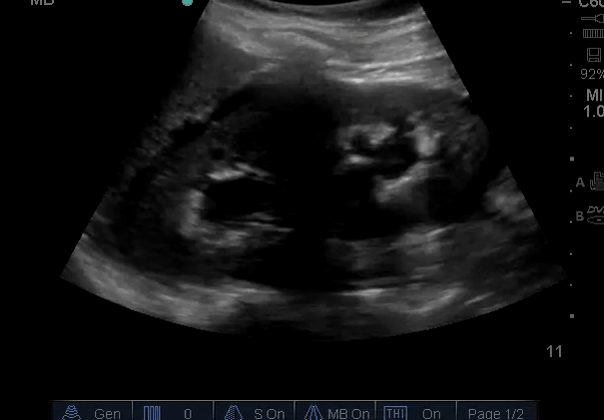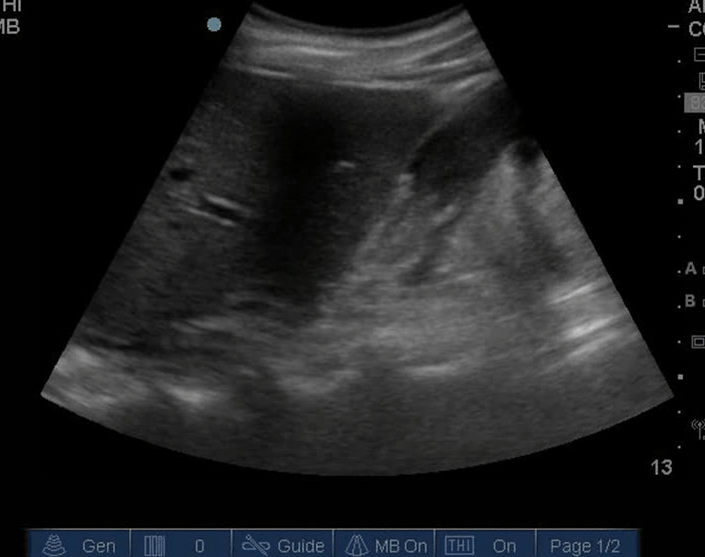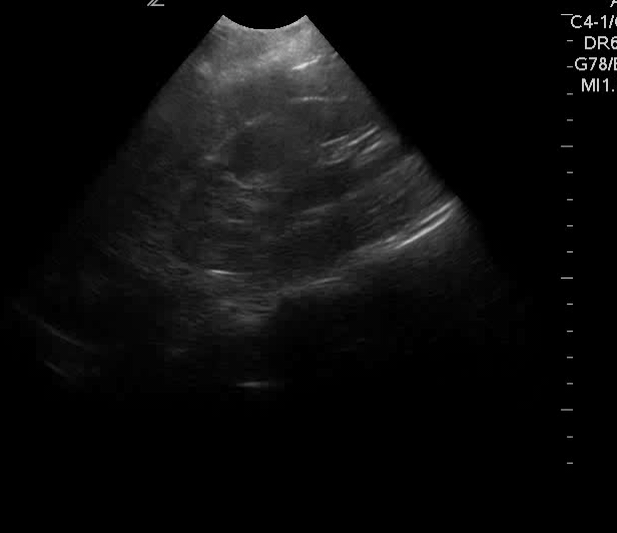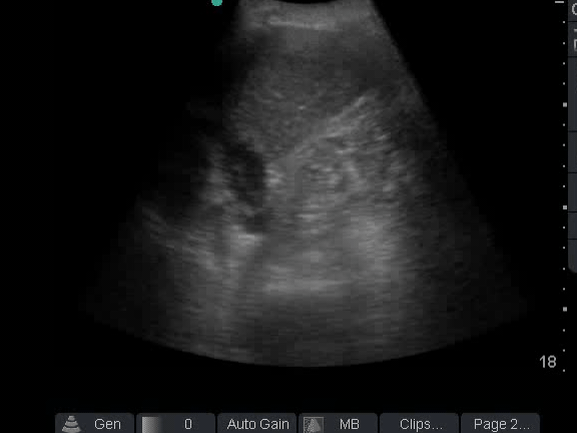Question Bank – Renal (Basic)
Quiz Summary
0 of 36 Questions completed
Questions:
Information
You have already completed the quiz before. Hence you can not start it again.
Quiz is loading…
You must sign in or sign up to start the quiz.
You must first complete the following:
Results
Results
0 of 36 Questions answered correctly
Your time:
Time has elapsed
You have reached 0 of 0 point(s), (0)
Earned Point(s): 0 of 0, (0)
0 Essay(s) Pending (Possible Point(s): 0)
Categories
- Not categorized 0%
- Renal/Bladder 0%
- 1
- 2
- 3
- 4
- 5
- 6
- 7
- 8
- 9
- 10
- 11
- 12
- 13
- 14
- 15
- 16
- 17
- 18
- 19
- 20
- 21
- 22
- 23
- 24
- 25
- 26
- 27
- 28
- 29
- 30
- 31
- 32
- 33
- 34
- 35
- 36
- Current
- Review
- Answered
- Correct
- Incorrect
-
Question 1 of 36
1. Question
The article published in the New England Journal of Medicine in 2014 by Smith-Bindman et al. titled Ultrasonography vs. Computed Tomography for suspected nephrolithiasis drew which conclusion?
CorrectIncorrect -
Question 2 of 36
2. Question
To obtain a long axis view of the kidney shown in the image below, which way do you direct the probe?
CorrectIncorrect -
Question 3 of 36
3. Question
A 45 year old male presents with acute onset of L flank pain and hematuria.
What finding is present below?
CorrectIncorrect -
Question 4 of 36
4. Question
What troubleshooting technique is helpful to better visualize the left kidney?
CorrectIncorrect -
Question 5 of 36
5. Question
A 63 year old female presents with a history of chronic low back pain, weight loss, and constipation. Despite being post-menopausal, she continues to occasionally have vaginal bleeding. Her urinalysis shows no hematuria or other signs of infection.
You perform a bedside ultrasound and see the following:
What would be your next step in management?
CorrectIncorrect -
Question 6 of 36
6. Question
In the paper titled “Radiological Imaging of Patients with Suspected Urinary Tract Stones: National Trends, Diagnoses, and Predictors” by Westphalen et al., what did these authors conclude?
CorrectIncorrect -
Question 7 of 36
7. Question
A 23 year old male with a history of chronic pain presents with left flank pain. His ultrasound of the left kidney shows the following:
What conclusion can be drawn?
CorrectIncorrect -
Question 8 of 36
8. Question
It can be difficult to distinguish mild hydronephrosis. One of the pitfalls for diagnosing mild hydronephrosis is demonstrated in the image below.
What pitfall is present?
CorrectIncorrect -
Question 9 of 36
9. Question
A bedside renal ultrasound was performed in a patient with acute flank pain and hematuria. This was the initial ultrasound.
The ultrasound was repeated 1 hour later and showed the following:
What treatment did the patient receive in the interim that led to this finding?
CorrectIncorrect -
Question 10 of 36
10. Question
While the presence of hydronephrosis in a patient with a high clinical suspicion for obstructing kidney stone can decrease the need for unnecessary CT scans, which of the following are indications to obtain a CT of the abdomen/pelvis in a patient with a clinical presentation consistent with obstructing kidney stones?
CorrectIncorrect -
Question 11 of 36
11. Question
A 75 year old male with a history of hypertension, COPD, tobacco smoking presents with acute onset of abdominal pain radiating to the back. His BP is 200/110 and his HR is 98. His urinalysis is negative for hematuria, WBC, leukocytes, and nitrites.
His renal ultrasound shows the following:
Given his age, you decide to scan his abdomen and see the following:
What is the patient’s diagnosis?
CorrectIncorrect -
Question 12 of 36
12. Question
True or False. Findings of moderate/severe hydronephrosis increases the specificity for the diagnosis of nephrolithiasis compared to no hydronephrosis.
CorrectIncorrect -
Question 13 of 36
13. Question
A 30 year male with acute L flank pain radiating to the groin and hematuria presents to your clinic. Which probe do you select to scan the kidney and why?
CorrectIncorrect -
Question 14 of 36
14. Question
A 35 year old male with acute onset of L flank pain radiating to the groin presents to your office. He has had multiple CT scans in the past which have shown ureteral stones. He has never had urological interventions as the stones have always passed on their own. He denies any fevers & chills. You perform a bedside ultrasound which shows the following image. What finding is present?
CorrectIncorrect -
Question 15 of 36
15. Question
You perform an ultrasound of the right kidney and visualize hypoechoic area in the renal pelvis. You suspect the presence of hydronephrosis.
For confirmation, you use color mode and see the following image.
What do these findings suggest?
CorrectIncorrect -
Question 16 of 36
16. Question
CorrectIncorrect -
Question 17 of 36
17. Question
CorrectIncorrect -
Question 18 of 36
18. Question
CorrectIncorrect -
Question 19 of 36
19. Question
CorrectIncorrect -
Question 20 of 36
20. Question
A 23 year old female with acute onset of left flank pain radiating to the groin presents to clinic. She has urinalysis with red blood cells. You perform the ultrasound which shows the image below.
What finding is highlighted in the image below?
CorrectIncorrect -
Question 21 of 36
21. Question
A 23 year old male presents to the emergency department with left flank pain. He has a long history of chronic pain. He is complaining of pain mostly in his back. His urinalysis shows no signs of acute infection or hematuria.
A bedside ultrasound of the left kidney shows the following findings.
What conclusion can you draw of the left kidney?
CorrectIncorrect -
Question 22 of 36
22. Question
A 65 year old female with a history of hypertension and diabetes presents with flank pain, weight loss, and hematuria. Her vital signs are within normal limits. Her WBC, creatinine, platelets and hemoglobin are normal.
Her bedside ultrasound shows the following finding of the let kidney.
What is an appropriate next step in management?
CorrectIncorrect -
Question 23 of 36
23. Question
A 45 year old female presents with acute flank pain radiating to the groin and hematuria and you suspect an acute ureteral obstruction from a kidney stone.
Which of the following are indications for obtaining further imaging such as a CT scan?
CorrectIncorrect -
Question 24 of 36
24. Question
A 35 year old female presents with right flank pain radiating to the groin, nausea, vomiting and hematuria. Your history and physical exam is suspicious for an obstructing kidney stone. Her vitals are within normal limits. She has no tenderness in the RLQ or RUQ. Her gallbladder ultrasound shows no signs of stones or sonographic Murphy’s sign. Her WBC count, CRP, Hg, PLT, Renal Function are all normal. Her urinalysis shows no signs of infection.
Her right and left kidney ultrasound show the following:
What is an appropriate next step in management?
CorrectIncorrect -
Question 25 of 36
25. Question
A 63 yo male presents with difficulty urinating, lower abdominal fullness, and pain. His creatinine is elevated from 0.7 to 3.5.
A bedside ultrasound of his bladder following a void trial shows the following:
What is the more likely diagnosis and what is the most appropriate treatment?
CorrectIncorrect -
Question 26 of 36
26. Question
CorrectIncorrect -
Question 27 of 36
27. Question
CorrectIncorrect -
Question 28 of 36
28. Question
CorrectIncorrect -
Question 29 of 36
29. Question
CorrectIncorrect -
Question 30 of 36
30. Question
CorrectIncorrect -
Question 31 of 36
31. Question
CorrectIncorrect -
Question 32 of 36
32. Question
Pregnancy most commonly results in physiologic hydronephrosis of the ___ kidney.
CorrectIncorrect -
Question 33 of 36
33. Question
CorrectIncorrect -
Question 34 of 36
34. Question
CorrectIncorrect -
Question 35 of 36
35. Question
CorrectIncorrect -
Question 36 of 36
36. Question
CorrectIncorrect
Contact form website
Contact form website
"*" indicates required fields
CONTACT US
Get in touch with our team to know more about GUSI.
PRE-REGISTRATION | POCUS FOR PRIMARY CARE IN PERSON COURSE OCT. 2025
Tentative Dates: October 17-18, 2025 | San Francisco, CA
PRE-REGISTRATION | POCUS FOR PRIMARY CARE IN PERSON COURSE APRIL 2025
Tentative Dates: April 2025 | San Francisco, CA
PRE-REGISTRATION | GUSI-OHSU Musculoskeletal Ultrasound for Primary Care & Joint Injection Cadaver Course
Tentative Dates: June 7-8, 2025, Portland, OR
PRE-REGISTRATION | OB POCUS ESSENTIALS COURSE JAN 30 - FEB 2
Jan 30th to Feb 2nd 2025
[elementor-template id=”3620″]


